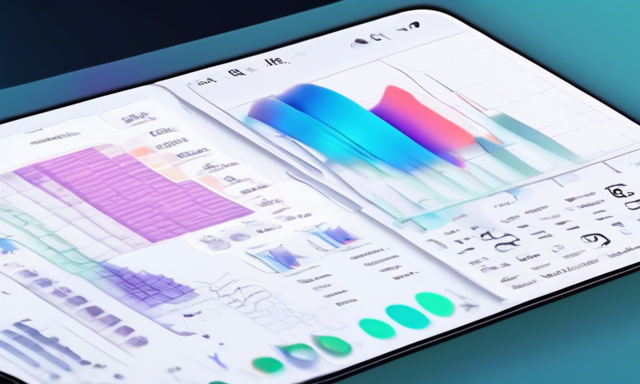Revolutionizing User Experience in AI Agents 🚀
Recent discussions in the realm of artificial intelligence (AI) agents have brought to light three innovative paradigms that are reshaping user interactions: spreadsheet UX, generative UI, and collaborative UX. These advancements, as highlighted by the LangChain Blog, are revolutionizing how users engage with AI agents in various applications.
Spreadsheet UX
The concept of spreadsheet UX has gained significant traction, especially for batch agent workloads. A notable example of this trend is Matrices, an AI-native spreadsheet introduced earlier this year. In a spreadsheet UX environment, each cell acts as an individual agent assigned specific research or data enrichment tasks. This user-friendly format enables users to scale interactions with multiple agents simultaneously, making it ideal for data enrichment tasks where each column represents a distinct attribute.
- AI-native spreadsheet Matrices exemplifies the spreadsheet UX trend
- Platforms like Clay and Otto have adopted this paradigm, showcasing its practicality
Generative UI
Generative UI encompasses diverse approaches to dynamically create user interfaces. One method involves AI models generating raw HTML components, as demonstrated by applications like WebSim. While providing complete control over displayed content, this approach may result in varying quality outcomes.
- Raw HTML component generation is a key feature of generative UI
- The structured approach maps large language model (LLM) responses to predefined UI components
For a deeper dive into generative UI, LangChain’s video series offers comprehensive insights into this area.
Collaborative UX
Collaborative UX emphasizes scenarios where humans and AI agents collaborate, similar to platforms like Google Docs. In this setup, both humans and agents contribute concurrently, boosting productivity and creativity. Notably, the Patchwork project by Geoffrey Litt and Ink & Switch embodies this collaborative approach.
- Collaborative UX fosters simultaneous contributions from humans and AI agents
- Differentiation between collaborative and ambient UX is crucial for application development
LangChain’s founding engineer, Nuno, sheds light on the distinctions between collaborative and ambient UX, emphasizing the unique requirements for building such applications.
LangChain’s Emphasis on UI/UX
While not primarily recognized for its UI/UX expertise, LangChain dedicates substantial efforts to grasp evolving trends to enhance its infrastructure for agentic applications. This focus has influenced features in LangChain’s recently launched LangGraph Cloud, which includes support for multiple streaming modes and asynchronous background operations inspired by emerging UI/UX trends.
- LangChain encourages collaboration and feedback for innovative UI/UX development
- LangGraph Cloud boasts features aligned with current UI/UX trends
For a more comprehensive understanding, readers can refer to the original article on the LangChain Blog.
Hot Take 🔥
Dear Crypto Reader, the landscape of user experience in AI agents is rapidly evolving, with spreadsheet UX, generative UI, and collaborative UX leading the charge. Embrace these innovative paradigms to enhance user interactions and drive efficiency in AI applications. Stay updated on the latest trends and developments to leverage the full potential of UI/UX advancements in the agentic realm. 🌟





 By
By
 By
By
 By
By


 By
By